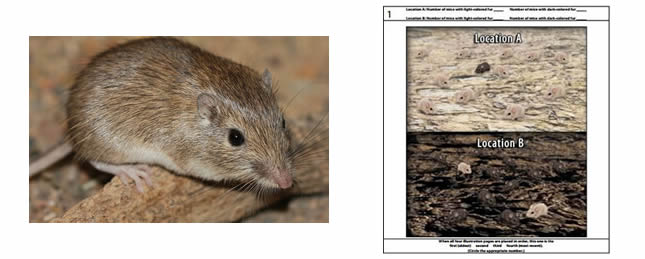
Females usually give birth to multiple litters of one to seven Rock pocket mice are solitary and claim small territories. The rock pocket mouse is an excellent model organism for studying geographic variation in phenotype within a single Young have been seen emerging from their burrows from April Pups each year during the spring and summer months. Rock pocket mice that live in areas with a light-colored granite substrate are usually sandy in color. Pocket mice that live in areas covered by dark-colored lava rocks, however, are dark. Light-colored rock pocket mice have fur composed of banded hairs that have a dark-coloredīase and tip. Biologists have investigated and found the genetic mutations responsible for the dark-color mutation.

Interestingly, different populations have different mutations that result in the same general dark-colored phenotype. In the short film The Making of the Fittest: Natural Selection and Adaptation.Similar mutations are also responsible for dark-colored phenotypes in other species such as jaguars.

Help students understand that the underside color of the (), we learn that the darkcolored rock pocket mice have light-colored underbellies. Rock pocket mouse would not be under strong selection pressure since it is not involved in camouflage.
#Biointeractive rock pocket mouse code#
BIOINTERACTIVE ROCK POCKET MOUSE ANSWERS CODE.


 0 kommentar(er)
0 kommentar(er)
